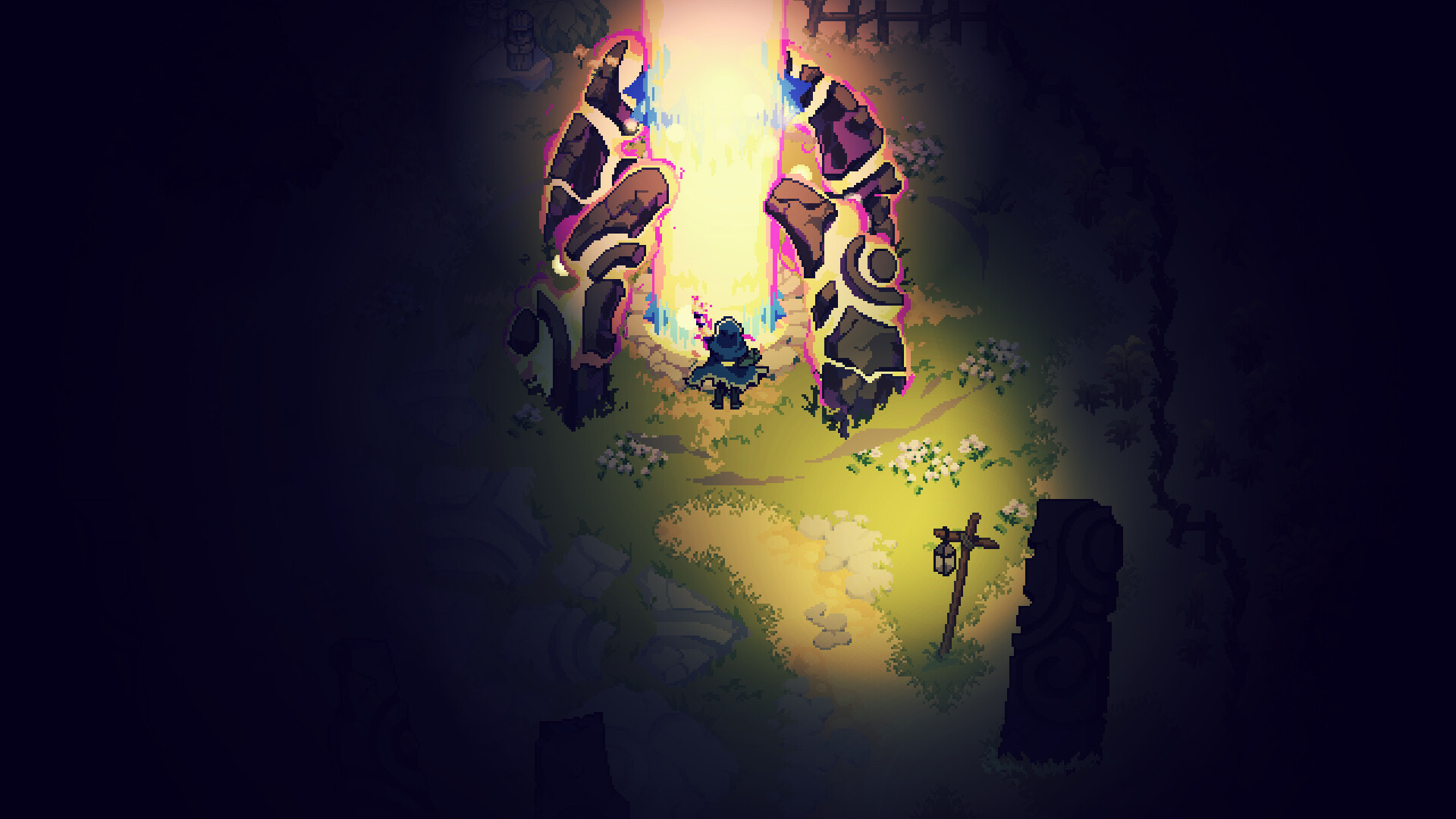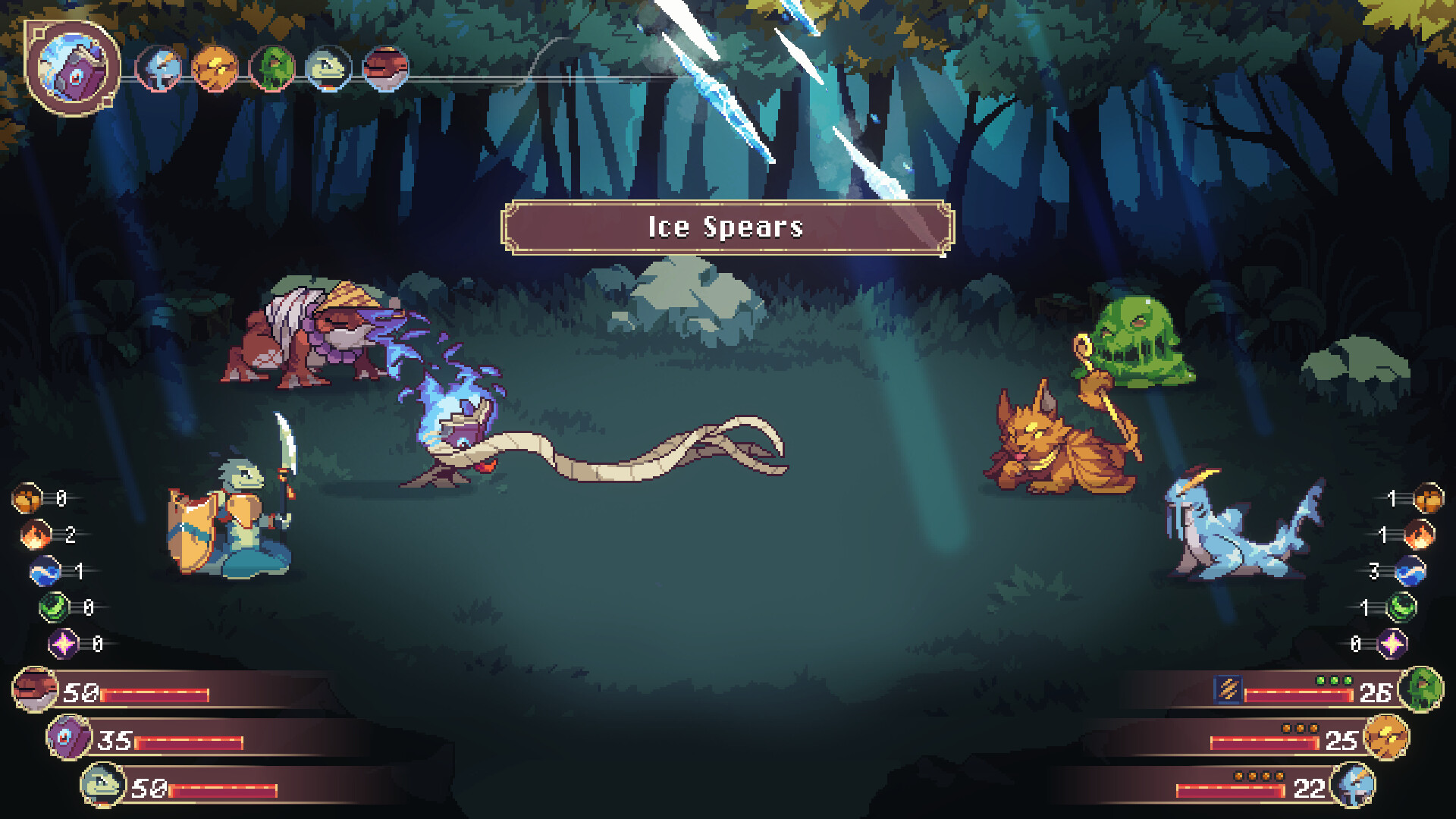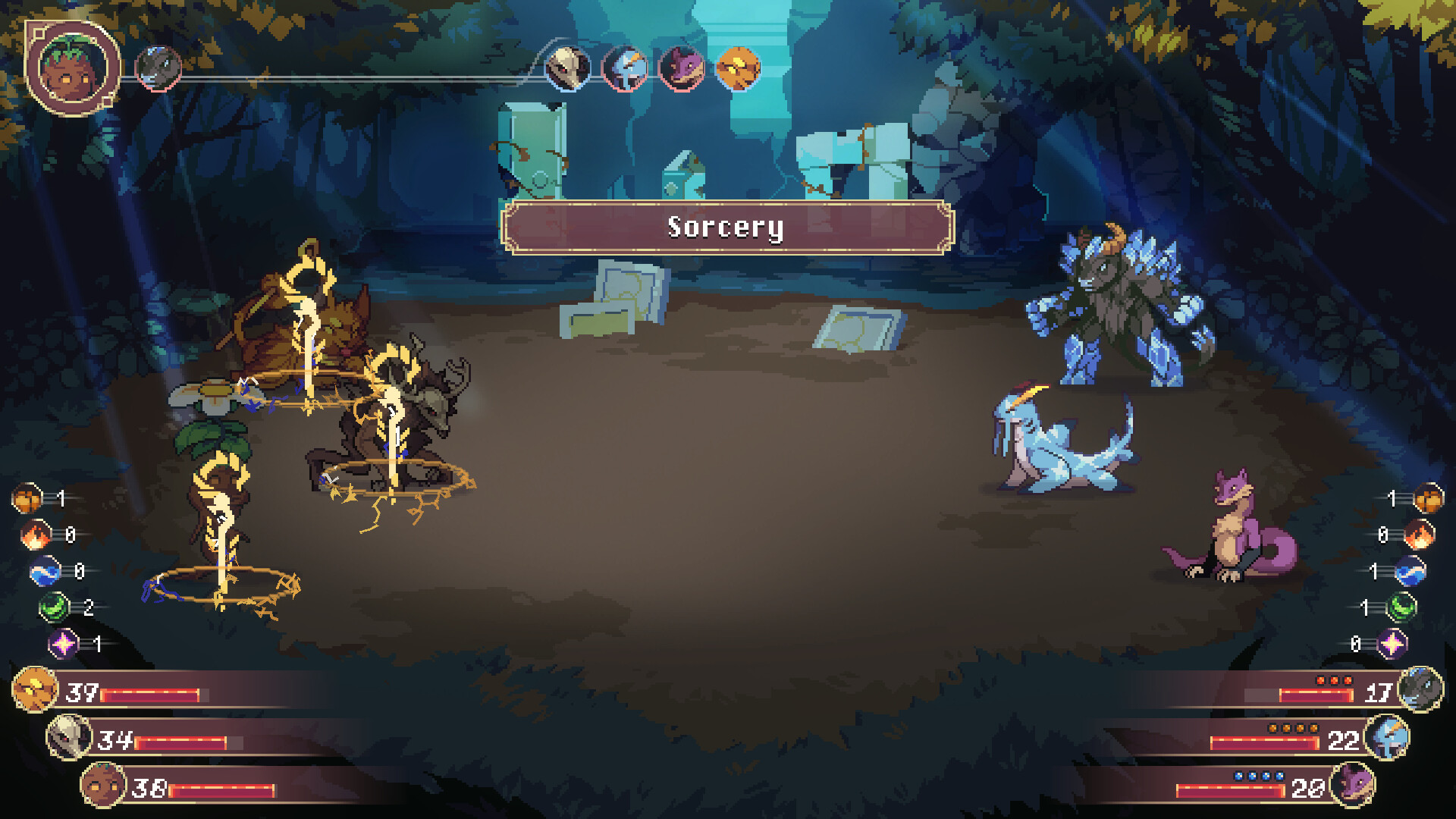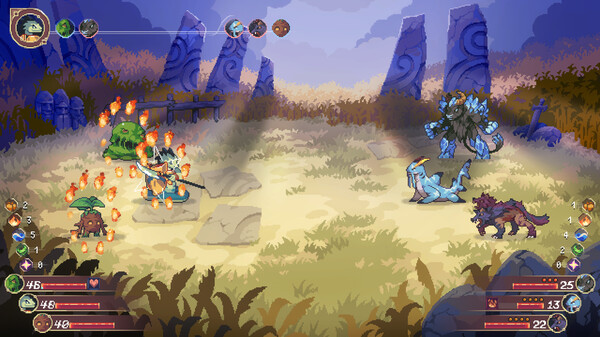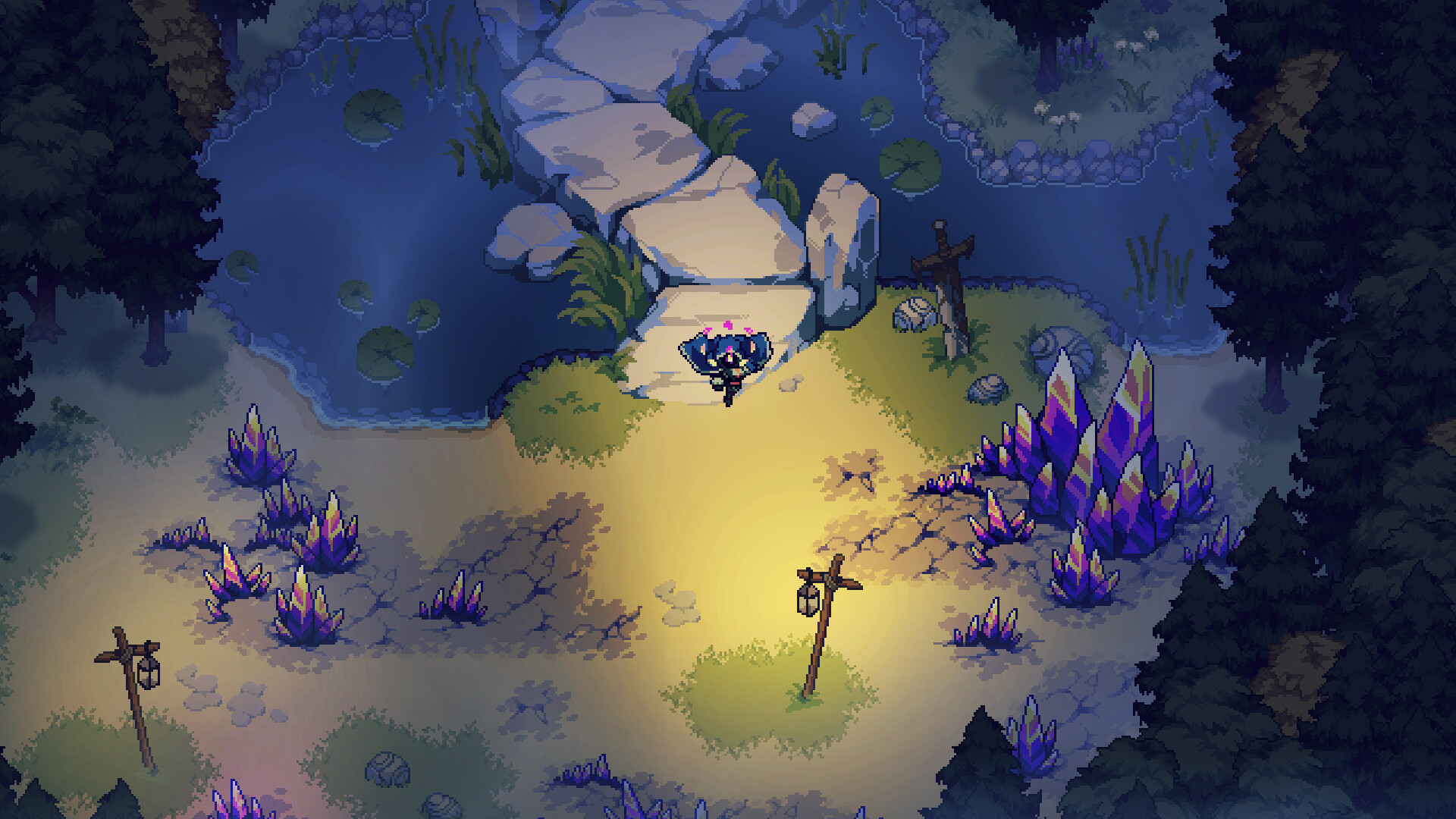

Encounter the Monsters of Terastae that defied the virtues of this world and are trapped in a cycle of death and rebirth. You as an Aethermancer have the ability to bond with these Monsters and help them achieve Worthiness to escape this cycle. Guide a party of three Monsters through dangerous environments and utilize their actions and skills in combat. As they advance, make decisions in a smart skill selection system. What skills you can choose from is based on the Monster’s types and elements, the skill choices you made before and the other Monsters in your party - making every Monster truly unique!
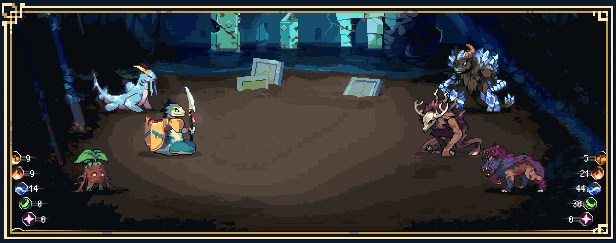

Fight ferocious Monsters and divine bosses in turn-based battles where every action has consequences. Adapt your strategy to each combat, consider your synergies, and plan the actions of your Monsters wisely. Harness and manage the four elements of Aether in order to unleash powerful spells. But whatever you do, make sure you watch the HP of your Monsters...
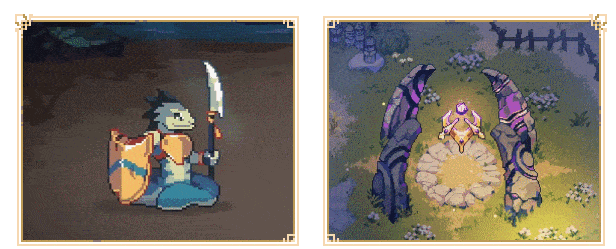

When your Monsters die in combat, you will lose them. Permanently. But you have the power to defy death by using their souls for rebirth. Their skills will be lost in the process, but they may live again as the same Monsters. Never lose hope! Your Monsters will grow stronger from their previous lives as they gain Worthiness with your help.
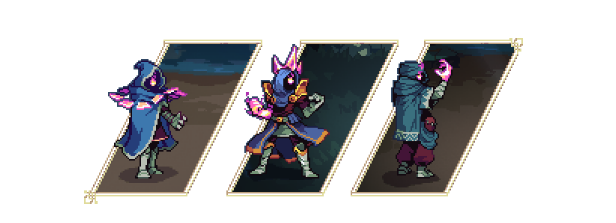

Impact combat as the Aethermancer. Unlock player classes that allow you to take on different roles. Each player class has distinguishing features that change how you play the game, allowing you to experience the game in your own way.
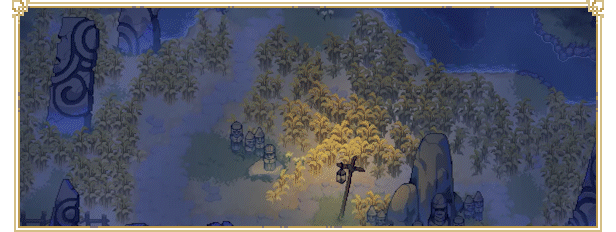

Stop the encroaching danger of the Void. Use your Aethermancer abilities and explore, sneak, and fight your way through procedurally generated levels with multiple pathways. Keep going until you lose your Monsters.
Regather in the Pilgrim’s Rest and advance through the Aether and Prestige you collected.
And then… try again!


Special thanks to Path of Pixels (logo), HeavyMetalHanzo (key artwork) and Steven Melin (soundtrack)!
Devlog #3 | How the mighty Sphinx became a House Cat

You might have noticed how the monsters we showed you come from either mythology, folklore, or fantasy tropes. Its not uncommon to look at mythology and folklore for inspiration, but with this project, we wanted to really lean on that and create a cast of monsters that felt like portrayals of creatures from myth and legend around the world.
At the same time, in classic Monster Taming fashion, we also wanted to have unique monsters for you to grow to love. What this meant was trying to reach a spot where, if you saw a monster like Sphinx in our game, you wouldnt see it as just another fantasy Sphinx, but as Aethermancers Sphinx, if that makes any sense.
In a way, this might be why its been so fun to design creatures for this new game: We kinda force ourselves to add our own ideas and a personal touch to these creatures. Designing a new monster always comes with its own unique challenge of how can we reinterpret this creature in our own style?.
Besides our two main goals, we decided to come up with some additional rules that could help us define how monsters would look like in this universe.
Animalistic monsters. A simple way to summarize this idea is to say that we wanted to avoid human-like characteristics in our monsters. This may not sound that different from what any other Monster Tamer would have in terms of direction, but when youre working with creatures from mythology, you might find yourself stumbling through a ton of half-human monsters, humanoid creatures, or humans with godly powers.
We could just *avoid* those of course, but some of them were too cool to simply say lets not have them in our game! So we had to find a different approach: Wed reinterpret those mythical characters in a way that made sense for Aethermancer. That was the case with Jotunn, icy giants from Norse mythology.

When reinterpreting mythical creatures in this animal-like approach, I like doing some research to find a species that feels like a good source of inspiration for that specific design. In Jotunns case it was the Muskox.
Next we start thinking of how those two concepts can converse with each other. What if these white spots were ice crystals?. What if we do the long fur like this?. Having clear sources of inspiration like that can really help move your design along. If my idea was a bit more vague, like, lets say, Ice buffalo, I might have gotten a bit stuck here and there.
Another guideline we have is form follows function. Just like in Monster Sanctuary, we want the monsters in Aethermancer to support a wide variety of playstyles. We wanted that to be seen *through* the art, and our decision was that the gameplay of the monster should influence their design.
Sphinx is a pretty good example of that one. In Aethermancer, Sphinxs focus is on support, while also being quite tanky. We didnt want to go with a design that made it look like they could be on the frontlines dishing out hits, even though its not uncommon to design Sphinx in fantasy as some sort of mighty, imposing creature.

With that direction in mind, the idea that came to us was What if Sphinxs is a lazy house cat instead?. We still wanted to have that regal feeling, but this direction fit perfectly into the idea of not a frontliner. We had that in mind for everything in Sphinxs design, and even the wings were drawn with the intention to make it look as if they had a cape or blanket on top of them.
Ok, the next thing I want to go through is some sort of step by step on our monster design process. Nothing super crazy here, but I thought itd be cool to share.
We have a shared document that everyone in the team has access to, and the idea here is that anyone is free to add new monsters to the list and to vote on the monsters theyd like to see the most. From time to time we have a more focused meeting to gather new ideas and references, but oftentimes were picking creatures that the team feels strongly about from this list and that also fit well in our planned biomes, and move those along to step 2.

After picking a monster to experiment with, the next step is just letting ideas flow. Theres some brainstorming right before that to come with a good direction, like Grimoire should feel strange and magical, or Naga should feel reliable and strong, but in general, this step is all about getting as weird as we can. Were usually doing this over voice call and streaming our sketches to each other. Sometimes an idea may not go forward, but ends up inspiring someone else on the art team, and they come up with something neither of us would've thought of alone.

Grimoire is a funny example actually: I was almost erasing the sketch that became our current design because I felt it was a bit *too weird*, until Adam saw it and thought it looked kinda interesting. I worked on the idea a bit more until that design got in a place we were all pretty happy with.
If youre ever working on character design yourself, heres a tip I like to live by: When coming up with ideas, dont be shy about being the person that brings the dumbest ideas to the table. Its honestly quite funny how trying to come up with good ideas has to be one the least effective ways to come up with them. To let your creative juices flowing, you need to delete that filter in your head that tries to gauge every idea as good or bad. Most often than not, unique ideas will feel weird at first glance, and youll only find their potential if youre open to them.

After we find that idea we like, the rest is pretty straightforward: Polishing the concept little by little until we have a finished sprite. Theres still some experimentation here: Changing the pose a little, testing a new detail, messing with the colors. For the most part though, this is where we start shifting from design work to spriting, and a bit later, animations. Im not gonna talk about this part here, but I might have heard someone in the team cooking up some animation talk for a future dev log.
[h3]Hope you guys enjoyed getting a feel for how our design process goes as much as I did writing about it.
Stay tuned for the next dev log and feel free to leave comments![/h3]
Seeing you guys react to our monsters in such a positive way over the last few months got our pixel artist Jorge in the mood to talk a bit about them. More specifically, in today's devlog we'll talk about Monster Design - Our goal and process, plus some of the guidelines that glue everything together.

Goals

You might have noticed how the monsters we showed you come from either mythology, folklore, or fantasy tropes. Its not uncommon to look at mythology and folklore for inspiration, but with this project, we wanted to really lean on that and create a cast of monsters that felt like portrayals of creatures from myth and legend around the world.
At the same time, in classic Monster Taming fashion, we also wanted to have unique monsters for you to grow to love. What this meant was trying to reach a spot where, if you saw a monster like Sphinx in our game, you wouldnt see it as just another fantasy Sphinx, but as Aethermancers Sphinx, if that makes any sense.
In a way, this might be why its been so fun to design creatures for this new game: We kinda force ourselves to add our own ideas and a personal touch to these creatures. Designing a new monster always comes with its own unique challenge of how can we reinterpret this creature in our own style?.
Guidelines
Besides our two main goals, we decided to come up with some additional rules that could help us define how monsters would look like in this universe.
Animalistic monsters. A simple way to summarize this idea is to say that we wanted to avoid human-like characteristics in our monsters. This may not sound that different from what any other Monster Tamer would have in terms of direction, but when youre working with creatures from mythology, you might find yourself stumbling through a ton of half-human monsters, humanoid creatures, or humans with godly powers.
We could just *avoid* those of course, but some of them were too cool to simply say lets not have them in our game! So we had to find a different approach: Wed reinterpret those mythical characters in a way that made sense for Aethermancer. That was the case with Jotunn, icy giants from Norse mythology.

When reinterpreting mythical creatures in this animal-like approach, I like doing some research to find a species that feels like a good source of inspiration for that specific design. In Jotunns case it was the Muskox.
Next we start thinking of how those two concepts can converse with each other. What if these white spots were ice crystals?. What if we do the long fur like this?. Having clear sources of inspiration like that can really help move your design along. If my idea was a bit more vague, like, lets say, Ice buffalo, I might have gotten a bit stuck here and there.
Another guideline we have is form follows function. Just like in Monster Sanctuary, we want the monsters in Aethermancer to support a wide variety of playstyles. We wanted that to be seen *through* the art, and our decision was that the gameplay of the monster should influence their design.
Sphinx is a pretty good example of that one. In Aethermancer, Sphinxs focus is on support, while also being quite tanky. We didnt want to go with a design that made it look like they could be on the frontlines dishing out hits, even though its not uncommon to design Sphinx in fantasy as some sort of mighty, imposing creature.

With that direction in mind, the idea that came to us was What if Sphinxs is a lazy house cat instead?. We still wanted to have that regal feeling, but this direction fit perfectly into the idea of not a frontliner. We had that in mind for everything in Sphinxs design, and even the wings were drawn with the intention to make it look as if they had a cape or blanket on top of them.
Process
Ok, the next thing I want to go through is some sort of step by step on our monster design process. Nothing super crazy here, but I thought itd be cool to share.
Step 1: The monster list!
We have a shared document that everyone in the team has access to, and the idea here is that anyone is free to add new monsters to the list and to vote on the monsters theyd like to see the most. From time to time we have a more focused meeting to gather new ideas and references, but oftentimes were picking creatures that the team feels strongly about from this list and that also fit well in our planned biomes, and move those along to step 2.
Step 2: Just a whole bunch of sketches

After picking a monster to experiment with, the next step is just letting ideas flow. Theres some brainstorming right before that to come with a good direction, like Grimoire should feel strange and magical, or Naga should feel reliable and strong, but in general, this step is all about getting as weird as we can. Were usually doing this over voice call and streaming our sketches to each other. Sometimes an idea may not go forward, but ends up inspiring someone else on the art team, and they come up with something neither of us would've thought of alone.

Grimoire is a funny example actually: I was almost erasing the sketch that became our current design because I felt it was a bit *too weird*, until Adam saw it and thought it looked kinda interesting. I worked on the idea a bit more until that design got in a place we were all pretty happy with.
If youre ever working on character design yourself, heres a tip I like to live by: When coming up with ideas, dont be shy about being the person that brings the dumbest ideas to the table. Its honestly quite funny how trying to come up with good ideas has to be one the least effective ways to come up with them. To let your creative juices flowing, you need to delete that filter in your head that tries to gauge every idea as good or bad. Most often than not, unique ideas will feel weird at first glance, and youll only find their potential if youre open to them.
Step 3: Polishing that one good idea

After we find that idea we like, the rest is pretty straightforward: Polishing the concept little by little until we have a finished sprite. Theres still some experimentation here: Changing the pose a little, testing a new detail, messing with the colors. For the most part though, this is where we start shifting from design work to spriting, and a bit later, animations. Im not gonna talk about this part here, but I might have heard someone in the team cooking up some animation talk for a future dev log.
[h3]Hope you guys enjoyed getting a feel for how our design process goes as much as I did writing about it.
Stay tuned for the next dev log and feel free to leave comments![/h3]
[ 2023-06-02 14:48:46 CET ] [Original Post]
Minimum Setup
- OS: Ubuntu 14.04
- Processor: Dual-Core. 2.0 GHzMemory: 2 GB RAM
- Memory: 2 GB RAM
- Graphics: GeForce 8800 GT 512 MB. Radeon HD 4870 512 MB
- Storage: 1 GB available space
GAMEBILLET
[ 6425 ]
GAMERSGATE
[ 3822 ]
MacGamestore
[ 2906 ]
FANATICAL BUNDLES
HUMBLE BUNDLES
by buying games/dlcs from affiliate links you are supporting tuxDB

